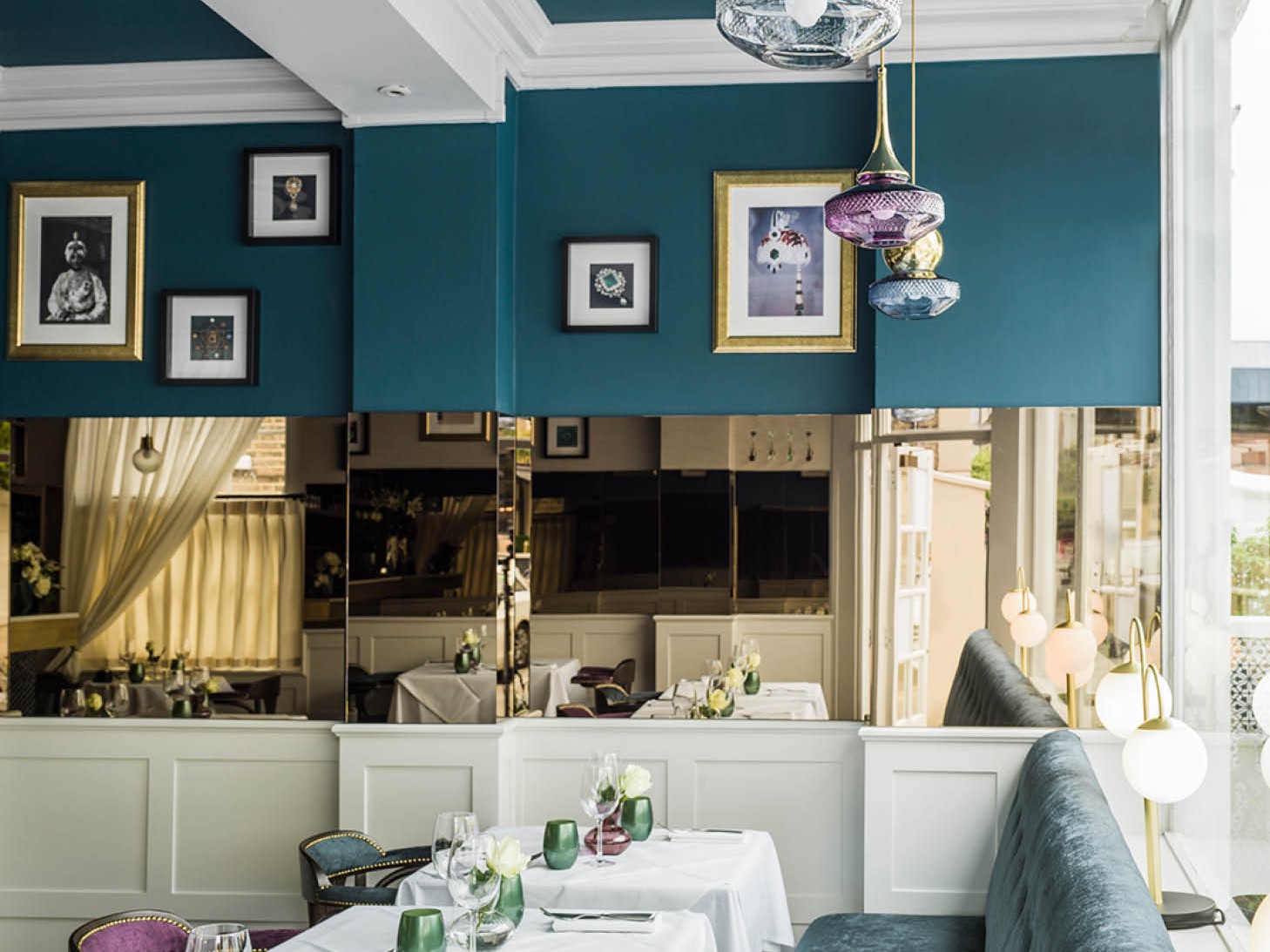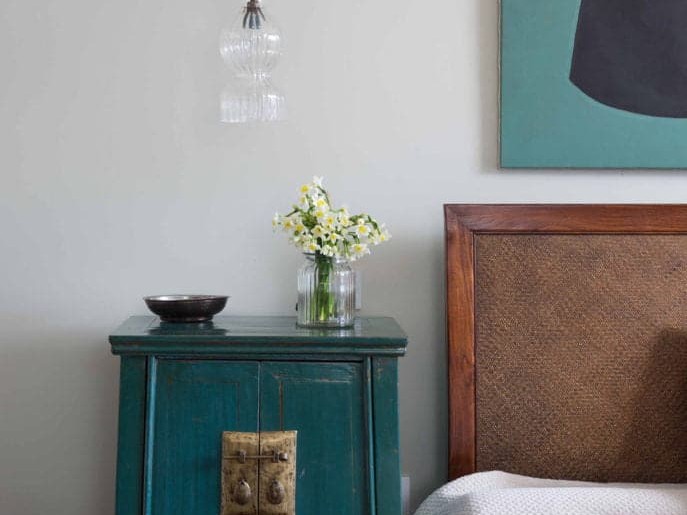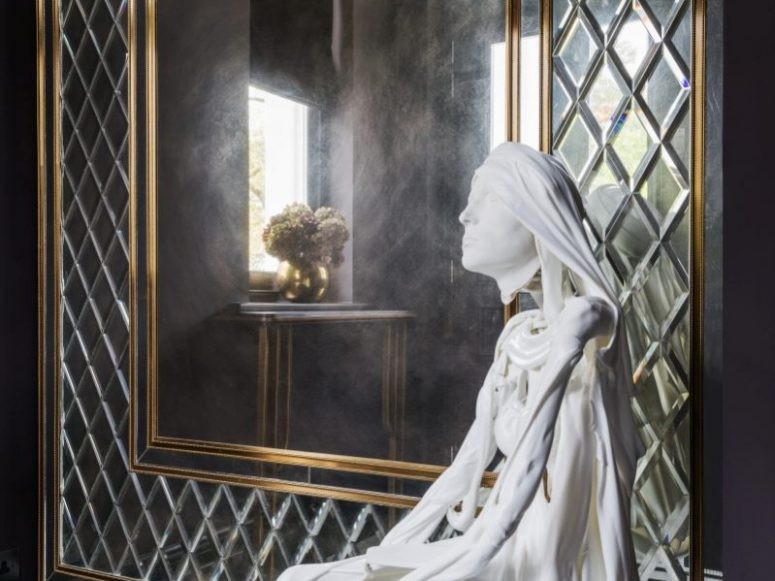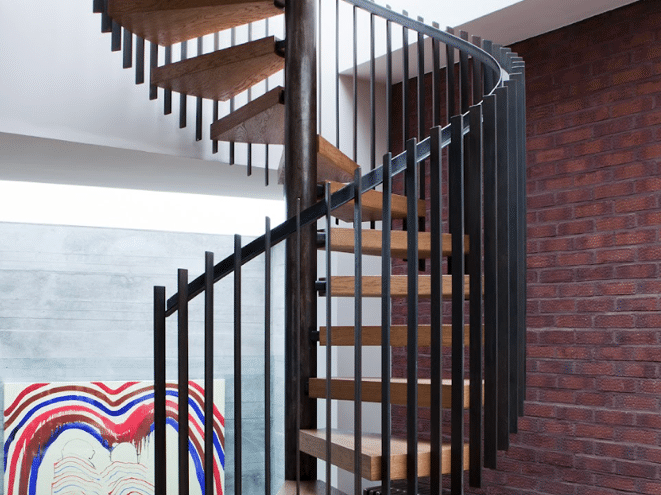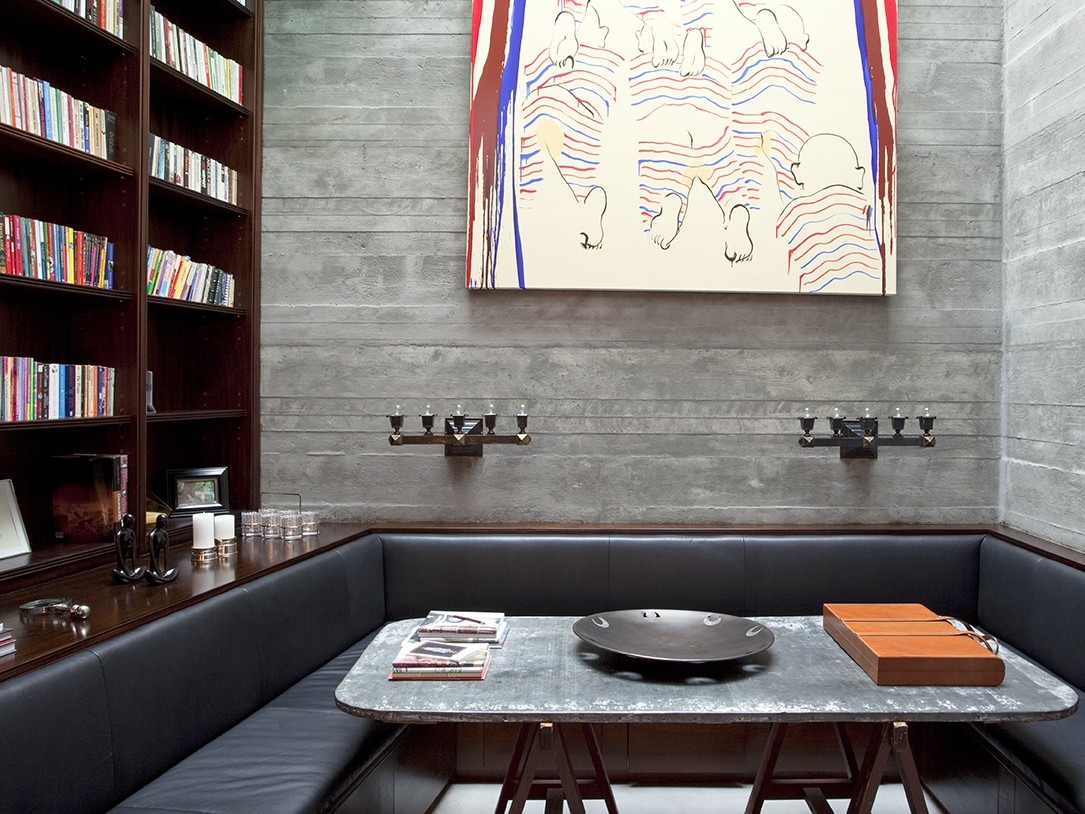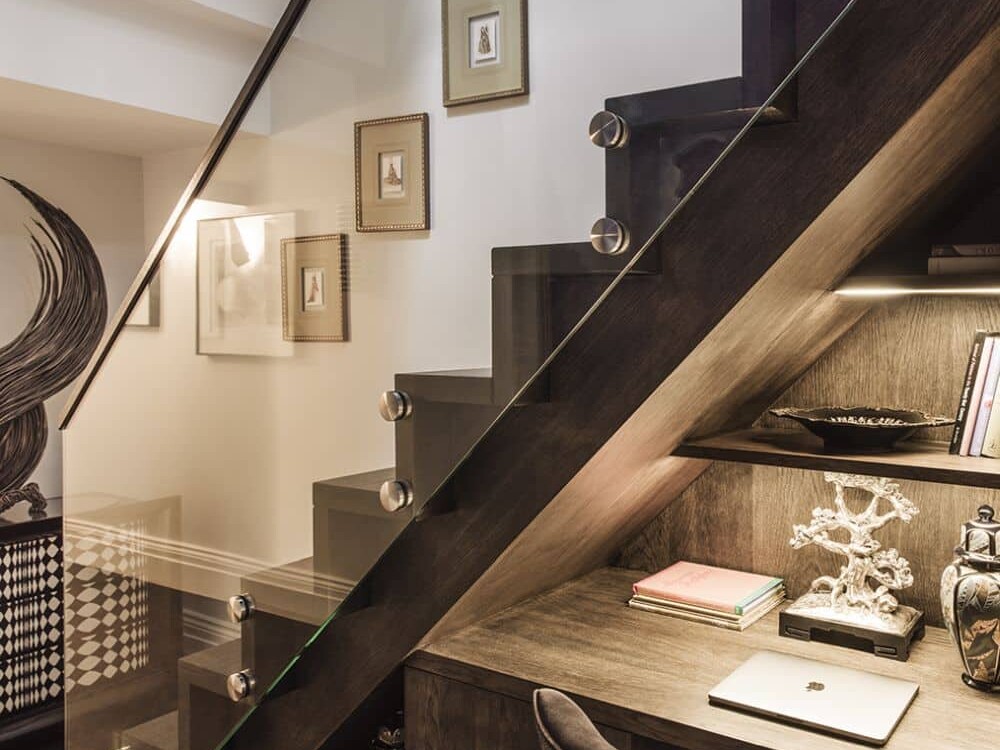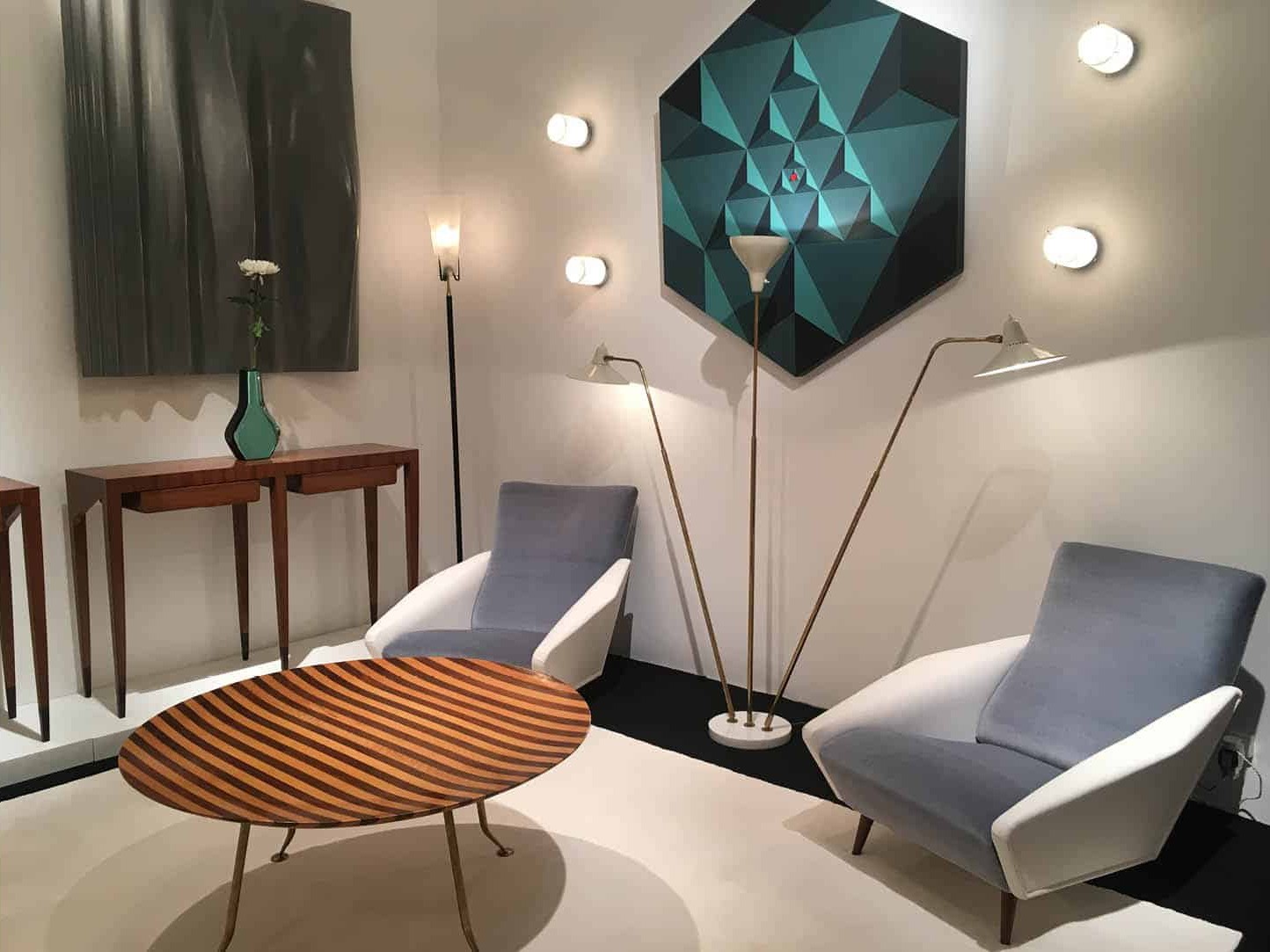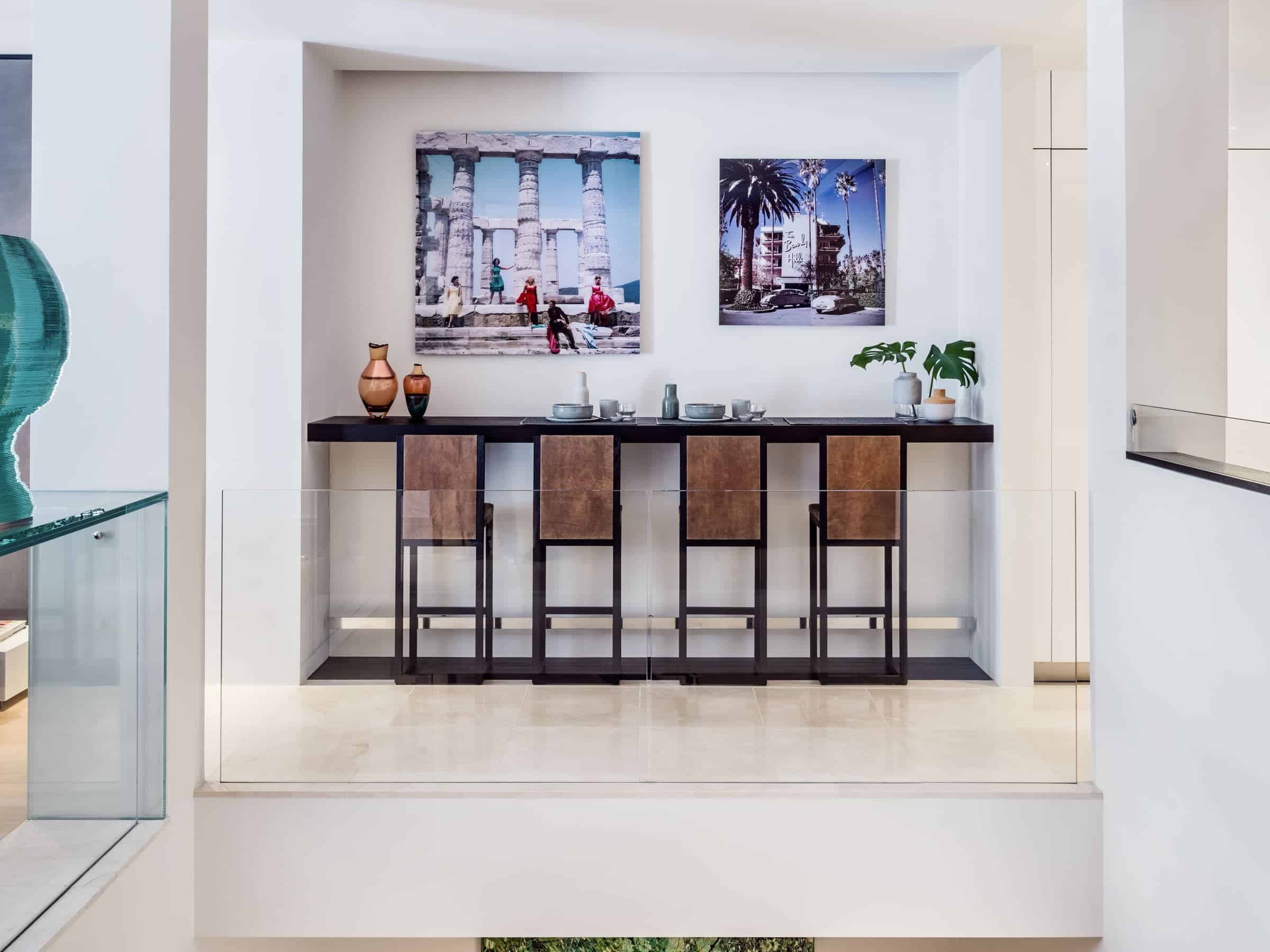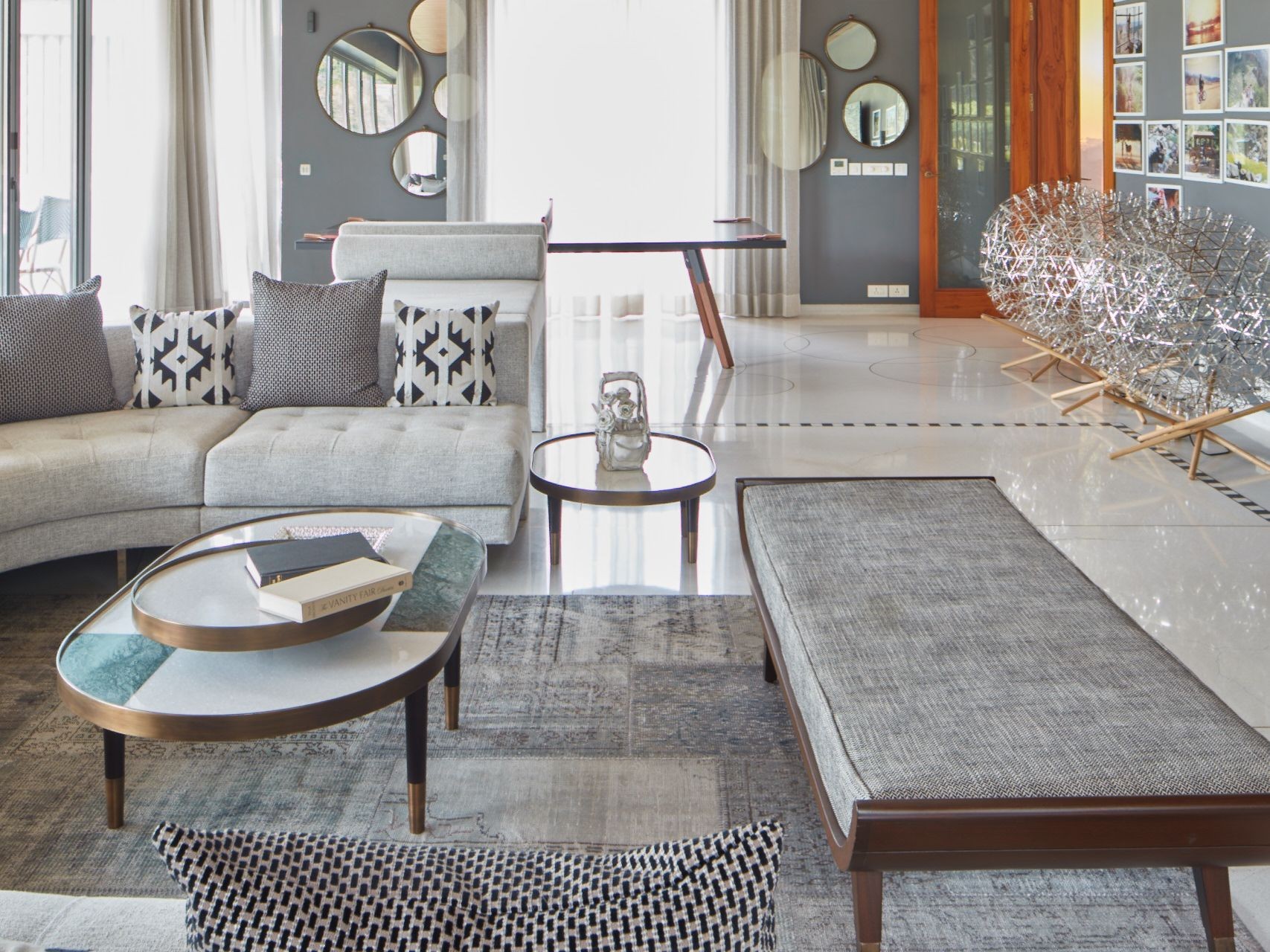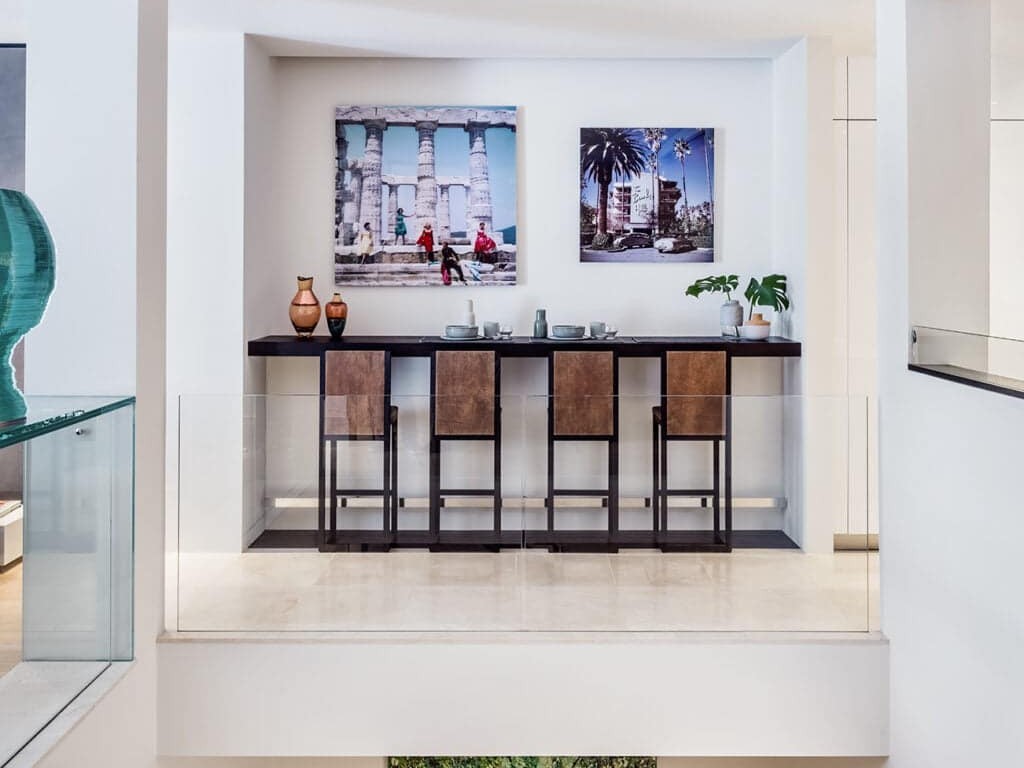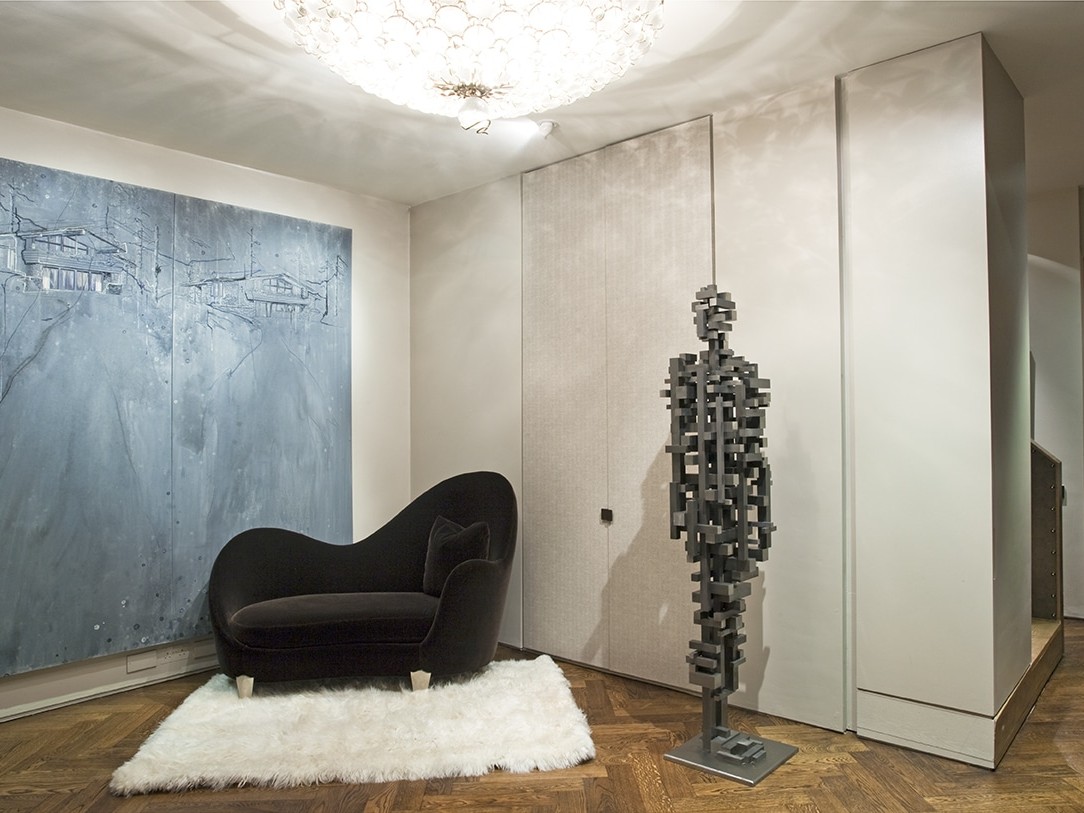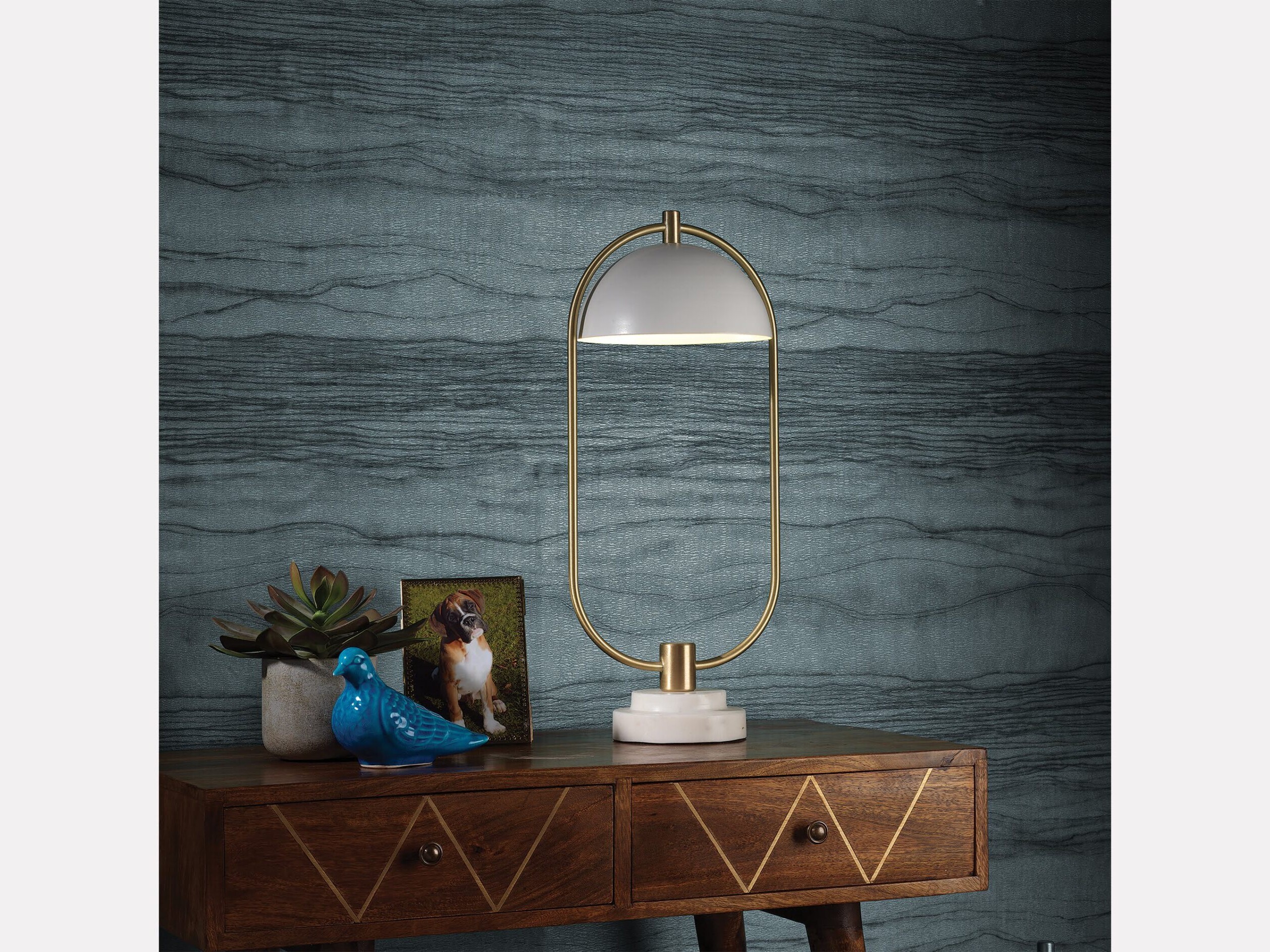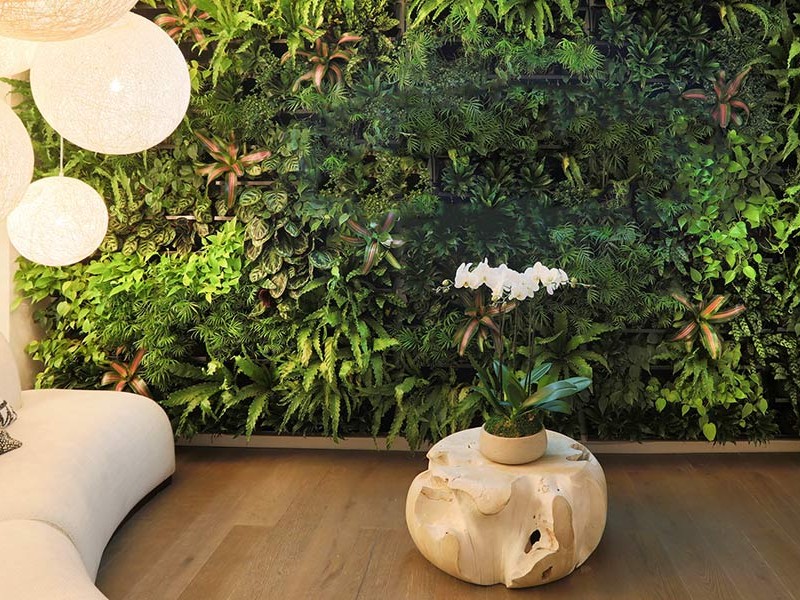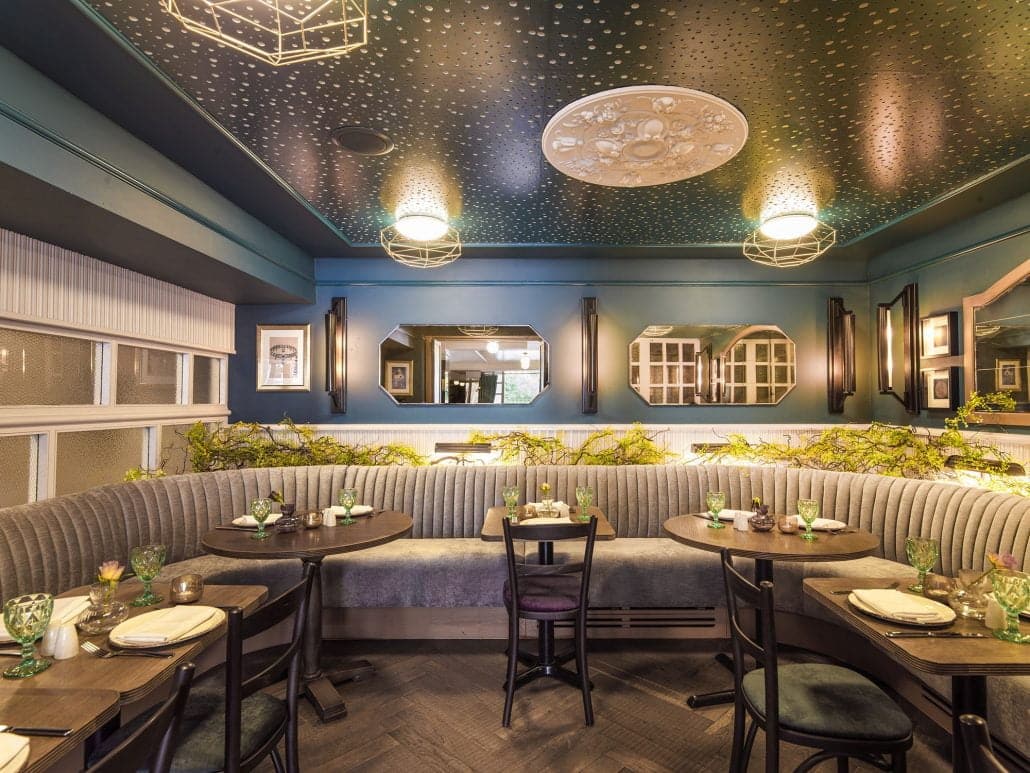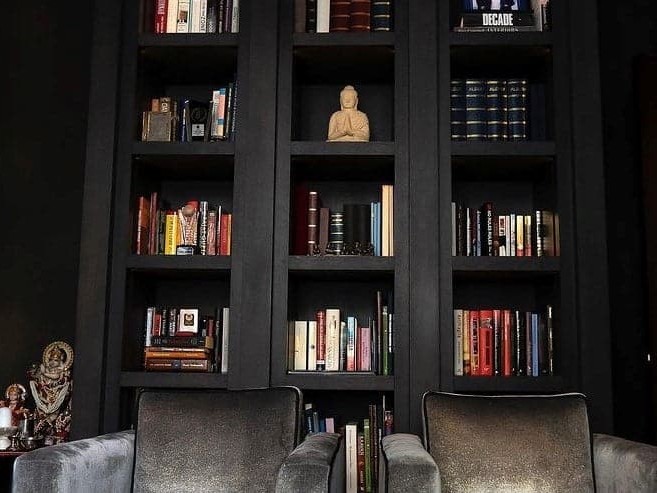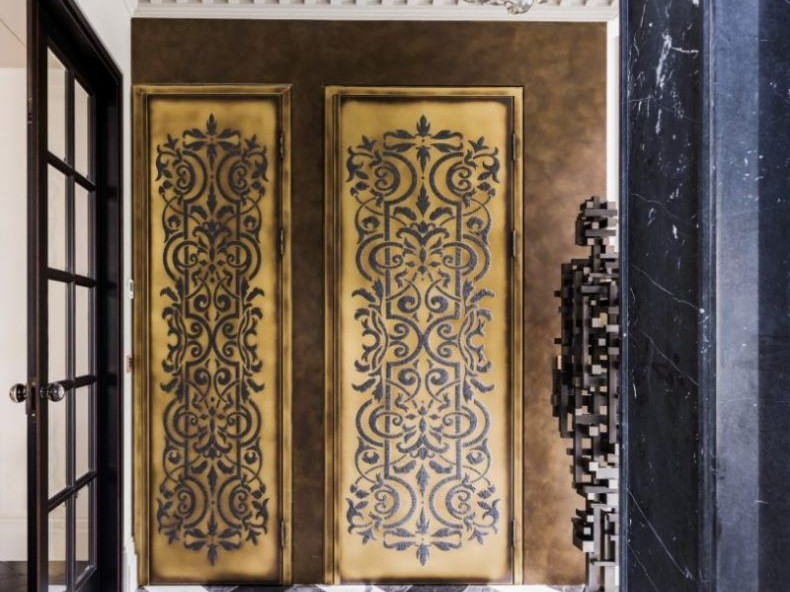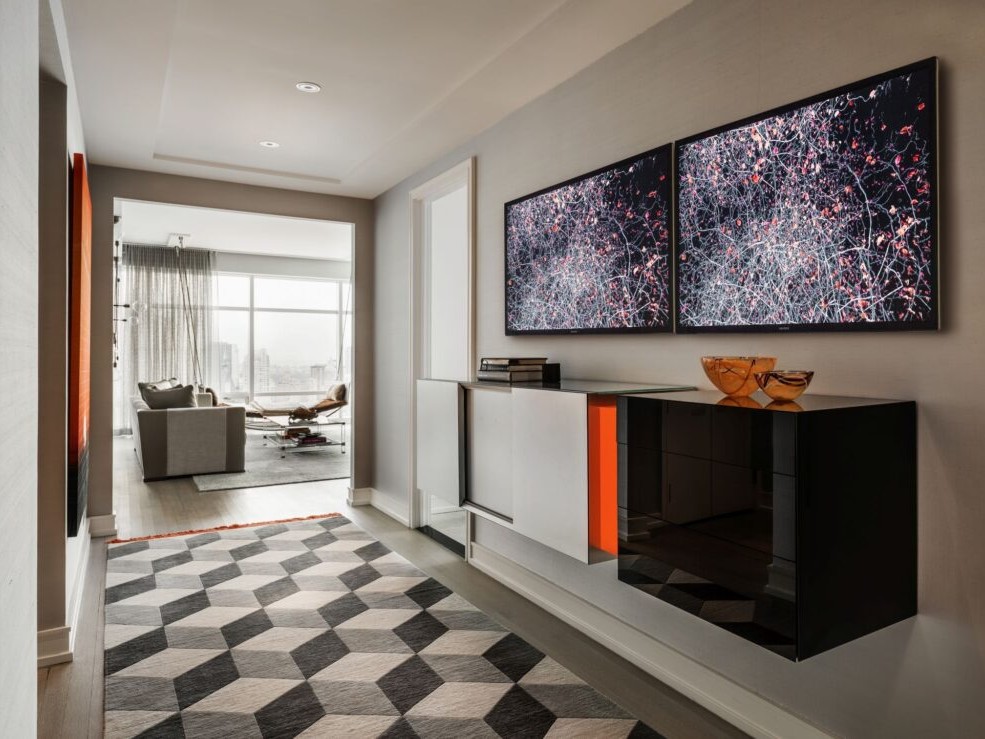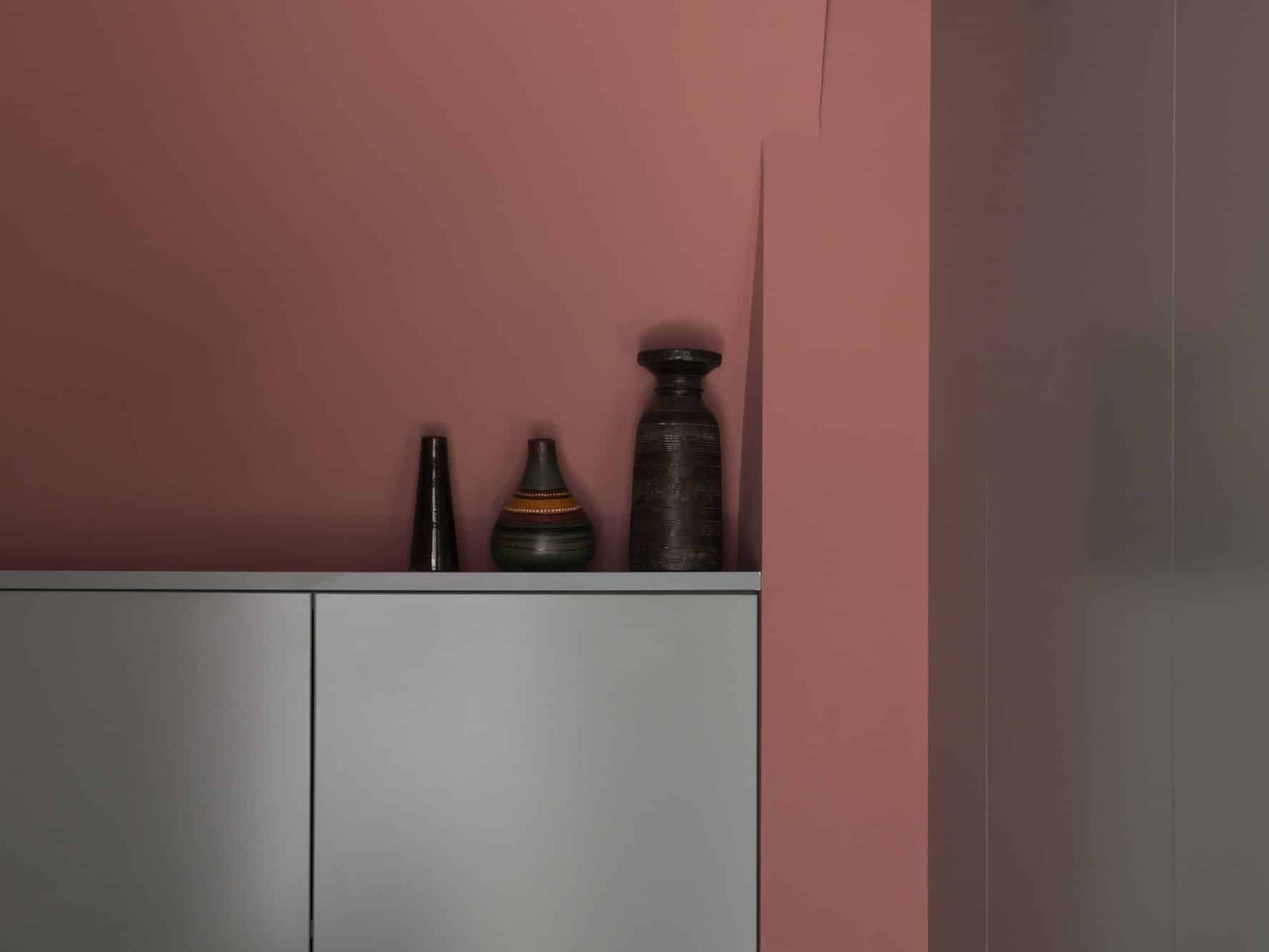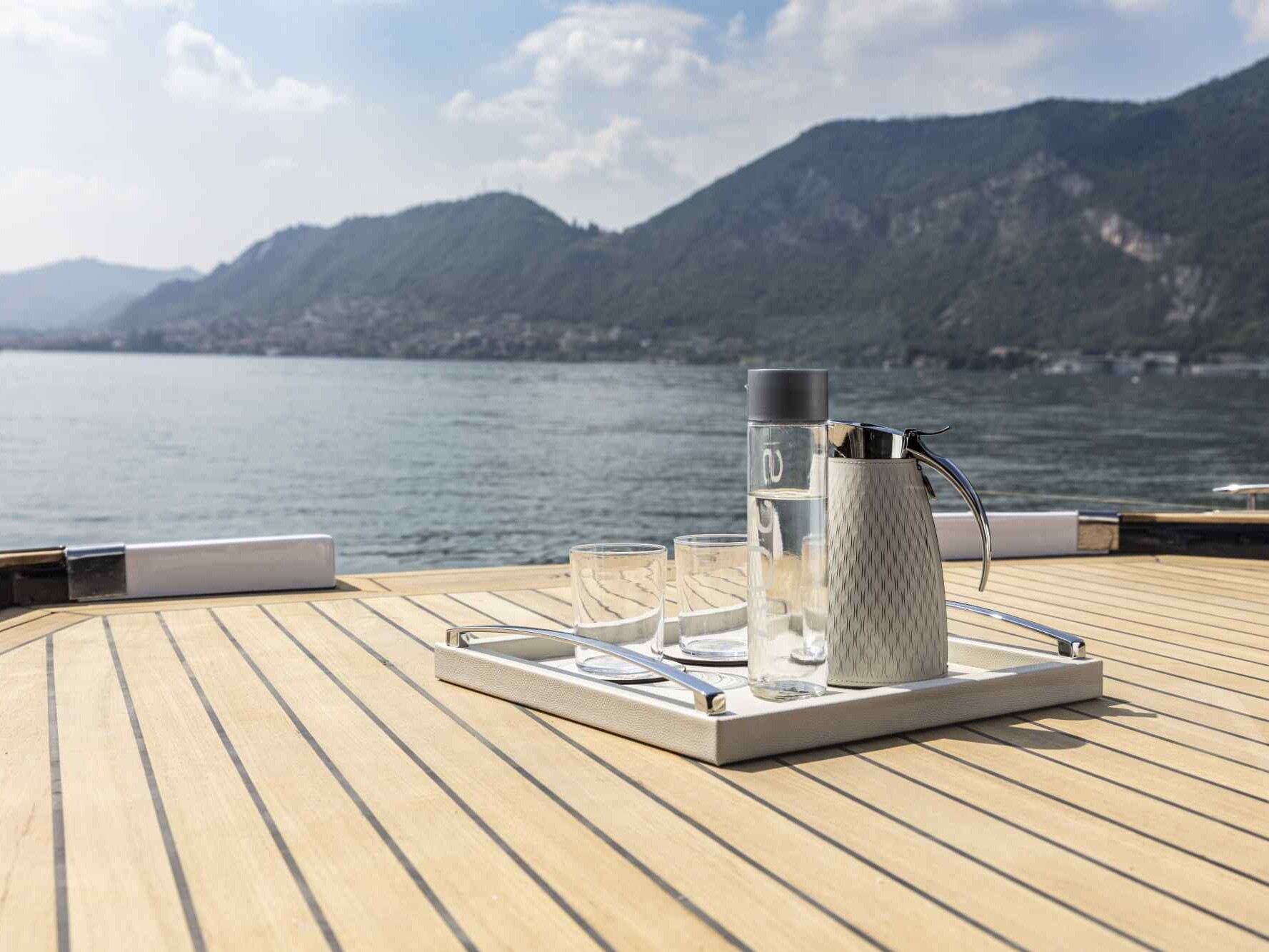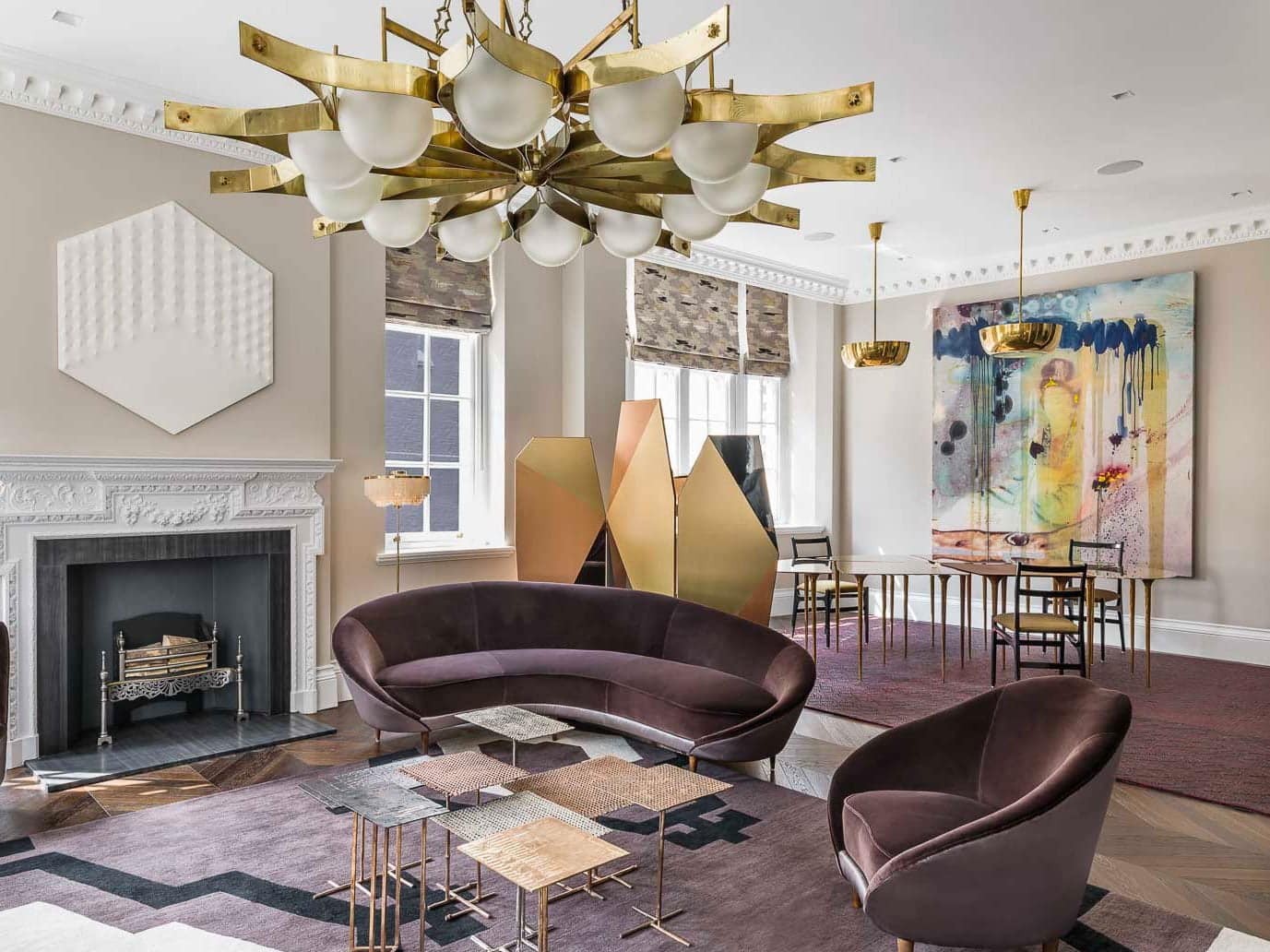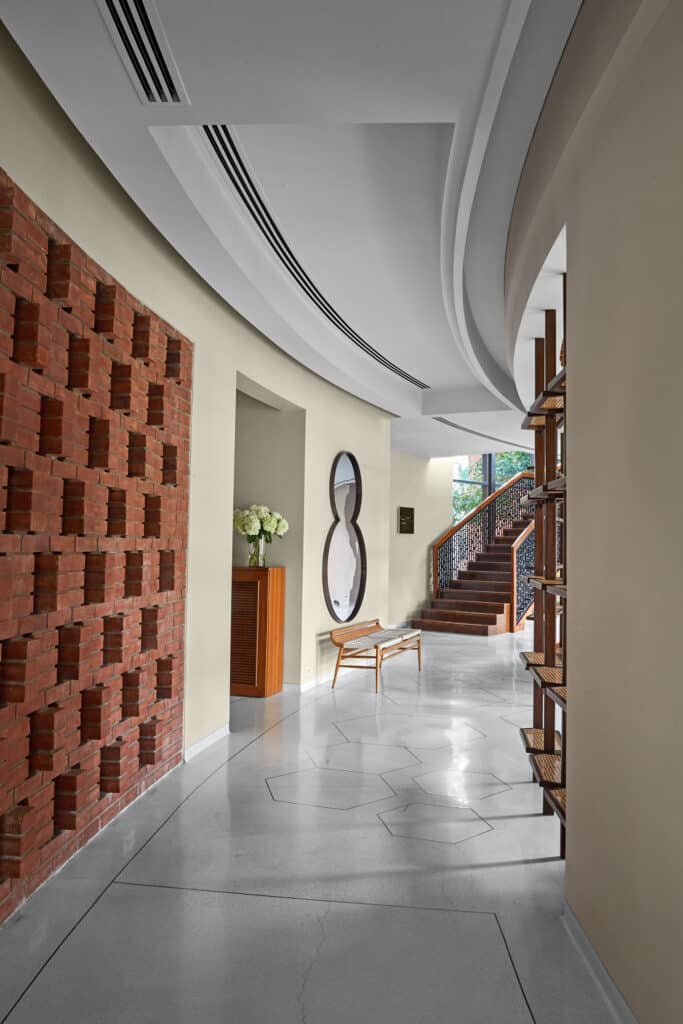
Often defined as a philosophy, concept or simply a way of life, Wabi Sabi is deeply rooted in Japanese culture and can routinely be seen in the country’s art and design. While Wabi Sabi is about much more than simply a beautiful aesthetic, it can be channelled and represented via the surroundings and decor we choose.
By embracing the Wabi Sabi design principle, you can bring elements of this ancient philosophy into your home, workspace and life. In doing so, you’ll find that the natural and ephemeral beauty that surrounds you provides an uplifting, meditative and inspiring backdrop to your day-to-day activities.
What Does Wabi Sabi Mean?
The concept of Wabi Sabi dates back centuries but it can be simply defined as an appreciation of the ‘imperfect, incomplete and transient’. Taking inspiration from Buddhist teachings on the three marks of existence – emptiness, suffering and impermanence – Wabi Sabi encourages us to recognise the beauty in simplicity, authenticity and imperfection.
Taken separately, the terms have distinct meanings. ‘Wabi’ refers to appreciating beauty in simplicity and eschewing materialism in favour of more spiritual rewards, while ‘Sabi’ is concerned with the transient nature of life and the beauty of impermanence.
When taken in conjunction, Wabi Sabi is a powerful and revered concept that can underpin design, aesthetics and, indeed, life. As we integrate the principles of Wabi Sabi into our often fast-paced, stressful lives, we can begin to appreciate the beauty that lies in the imperfect, aged or incomplete.
Wabi Sabi in Design
The concept of Wabi Sabi can be seen throughout Japanese artwork, design and aesthetics and bringing its philosophical elements into your own interior design can help to create an environment that is both visually stimulating and life-enhancing. To learn how to integrate Wabi Sabi design principles into interiors, discover our top tips now:
1. Authentic Colours
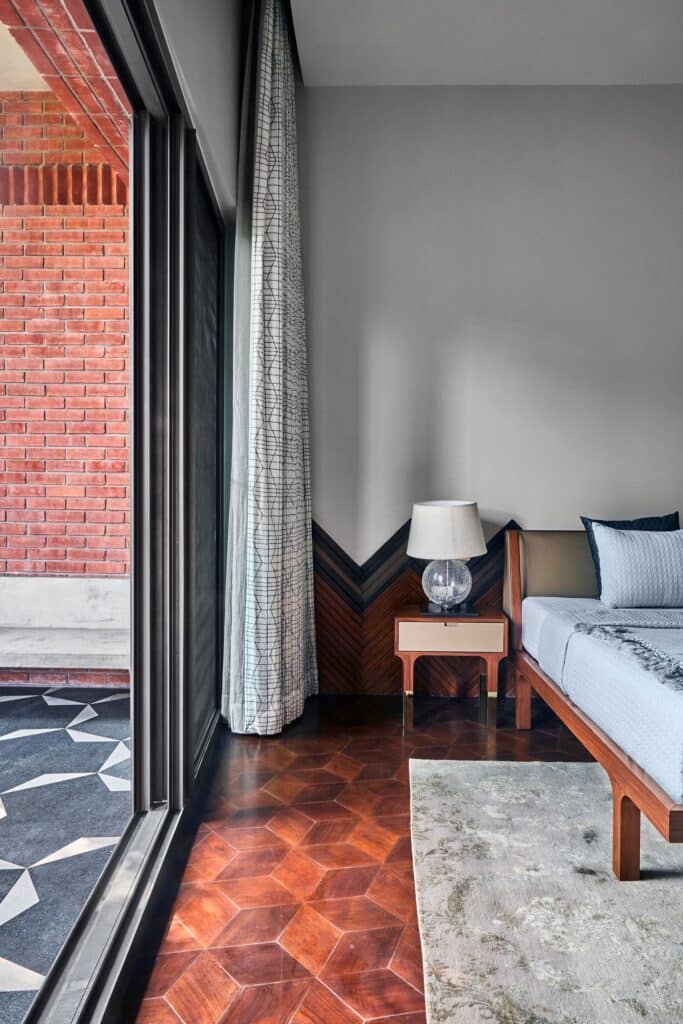
Selecting a colour palette is a key element of interior design, regardless of what type of space you’re renovating or improving. To channel Wabi Sabi in your home or workspace, choose a colour palette that is authentic and earth oriented. Muted, natural tones, such as brown, green, grey, beige and terracotta, can work well when you want to bring Wabi Sabi design principles into your interior as they reflect the inimitable beauty of the natural world, despite its ever-changing and impermanent nature.
2. Asymmetry and Imbalance
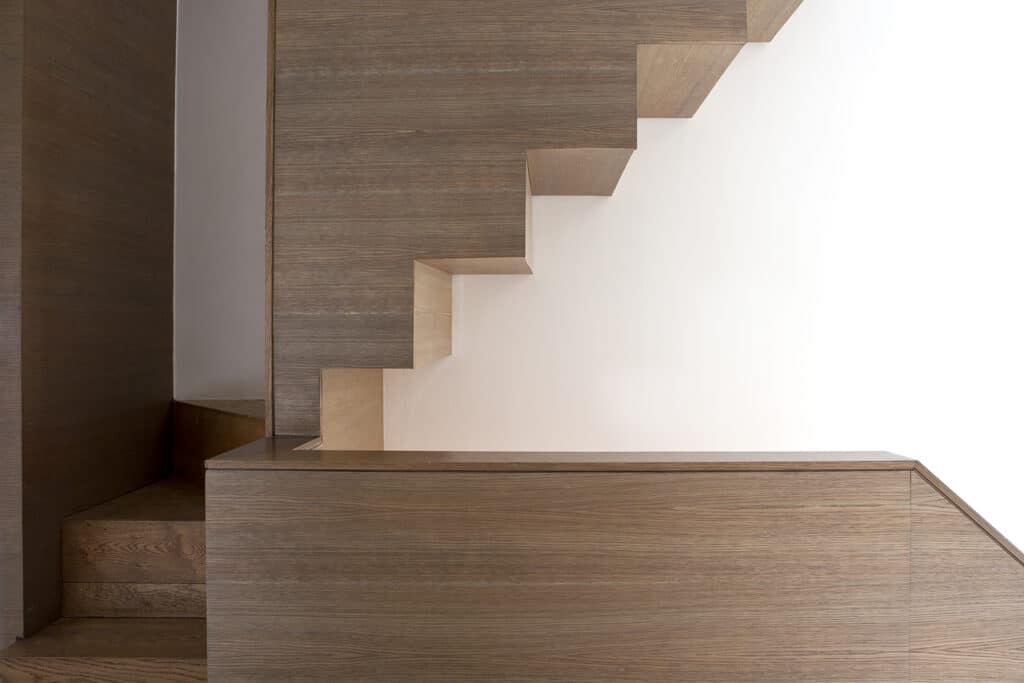
Western interior design principles are often concerned with creating balance via symmetry, but this is not something to replicate when you’re designing a Wabi Sabi inspired space. In contrast, the ancient philosophy celebrates the asymmetrical and the imbalanced, appreciating it for its own unique beauty.
However, Wabi Sabi design is not chaotic or haphazard. While artificial symmetry is not a part of the Wabi Sabi concept, asymmetrical design and styling can deliver its own blend of harmony and tranquillity.
3. Natural Materials
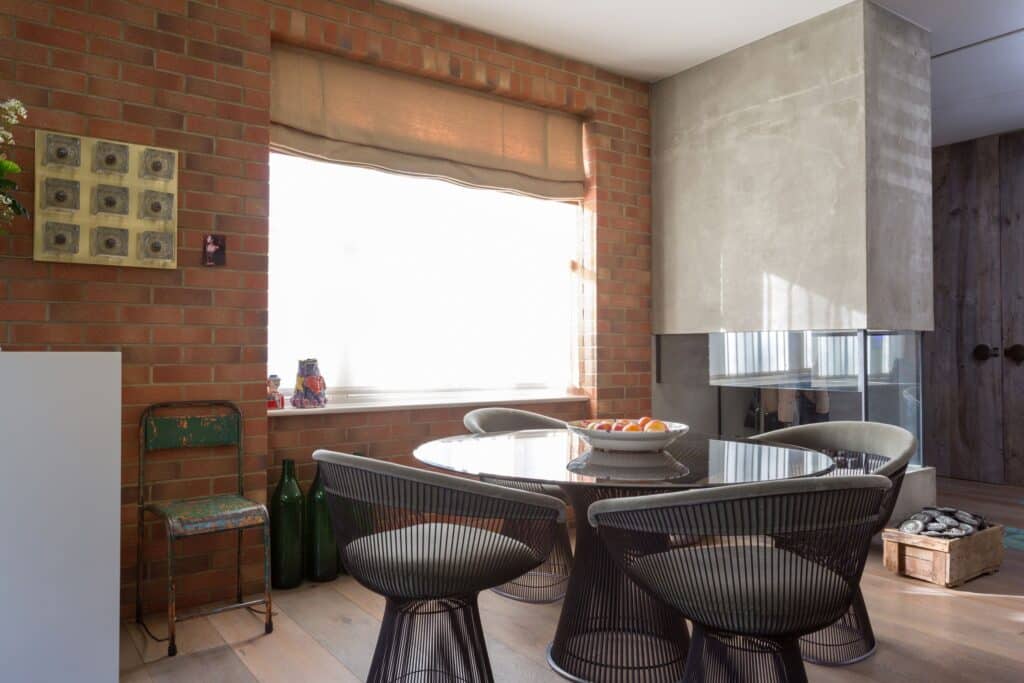
Wabi Sabi philosophy is closely linked to the natural world and can be seen in every element of life. No two trees are the same or match our perceived sense of ‘perfection’, for example, yet this doesn’t diminish their splendour. When you’re developing an interior using Wabi Sabi design principles, be sure to incorporate natural materials in a variety of ways as it’s here that you’ll find pieces that embody Wabi Sabi.
For example, the varying grains in authentic hardwood floors, the knots in a bench made from reclaimed timber or the slight tonal variations in undyed linen cushion covers are the authentic ‘imperfections’ that are central to Wabi Sabi.
In addition to this, integrating natural materials into interior design is known to enhance well-being, which can further the positive impact that a Wabi Sabi inspired space can have. From plants and greenery to jute, stone, bamboo, cork, linen, cotton or clay, there are a variety of natural materials that can help to create a relaxing and grounding space that exemplifies the principles of Wabi Sabi.
4. Organic Shapes
When you’re incorporating Wabi Sabi into interior design, a focus on organic, authentic shapes is beneficial. The artificial shapes and constructs we often see in furniture and decorative accessories represent synthetic perfection that is at odds with the inherent beauty that’s found in nature.
If you’re selecting lighting fixtures, for example, steer clear of styles with rigid lines and clean finishes. Instead, opt for fixtures that are amorphous and distinct. As well as achieving an asymmetrical aesthetic that’s closely linked to the Wabi Sabi philosophy, the space will benefit from pieces that are visually appealing and attention-grabbing.
5. Handmade Furniture and Accessories
Custom, handcrafted furniture and decorative accessories are an excellent choice for a Wabi Sabi inspired interior design. The very nature of handmade pieces ensures they are unique, and their individuality represents so much of what is at the heart of Wabi Sabi. As no two pieces of handcrafted art are exactly the same, you can embrace the differences, asymmetry and ‘imperfections’ and recognise them for the beauty they hold.
6. Reclaimed, Repaired and Recycled Décor
As mentioned above, the principles of Wabi Sabi extend to impermanence and many people believe this to refer to the passage of time. All too often we overlook the intrinsic and external value that time adds to people, places and things in favour of ‘newness’ yet Wabi Sabi reminds us to appreciate the charm and elegance that the passage of time adds to people and objects.
The Japanese art of Kintsugi – ‘golden joinery’ – exemplifies this perfectly, with broken pieces of pottery being put back together with gold lacquer. Rather than attempting to hide the ‘scars’, they are enhanced and showcased to create art that is even more beautiful than in its original form.
By incorporating reclaimed, repaired and recycled furniture, art and decorative accessories into interiors, we can reflect this important element of the philosophy and create a space that reflects Wabi Sabi design principles.
Using Wabi Sabi as Interior Design Inspiration
Although it’s impossible to fully imitate this important and historical part of Japanese culture, we can certainly embrace elements of Wabi Sabi in our design, environment and lifestyles. In doing so, we have the opportunity to learn more about the philosophy, appreciate its value and experience the positive impact it can have on our surroundings, outlook and well-being.
Related articles
Elevate Your Home: The Impact of a Sophisticated Staircase
We’re so thrilled to launch the Shakti Design Residency in India, a new annual initiative to support emerging international design talent.
6 Interior Design Tips to Boost Wellbeing All Year Round
Humankind has known for aeons that light, fresh air, nature and calm are all essential to help life thrive.
Lighting for Wellbeing
In today’s dynamic world of design, we’re witnessing a transformative shift in the approach to lighting, one that aims to enrich our living environments, uplift our mood and enhance everyday rituals.
Biophilic Design And How To Incorporate It Into Interior Design
Connecting people with nature in their built environment by incorporating natural elements, such as plants, water, and light.
Decadence on Deck: Tips for Designing a Yacht
Designing a yacht is an intricate art that requires luxury, innovation, and practicality to form a functional space that also embodies elegance and captures the senses.


